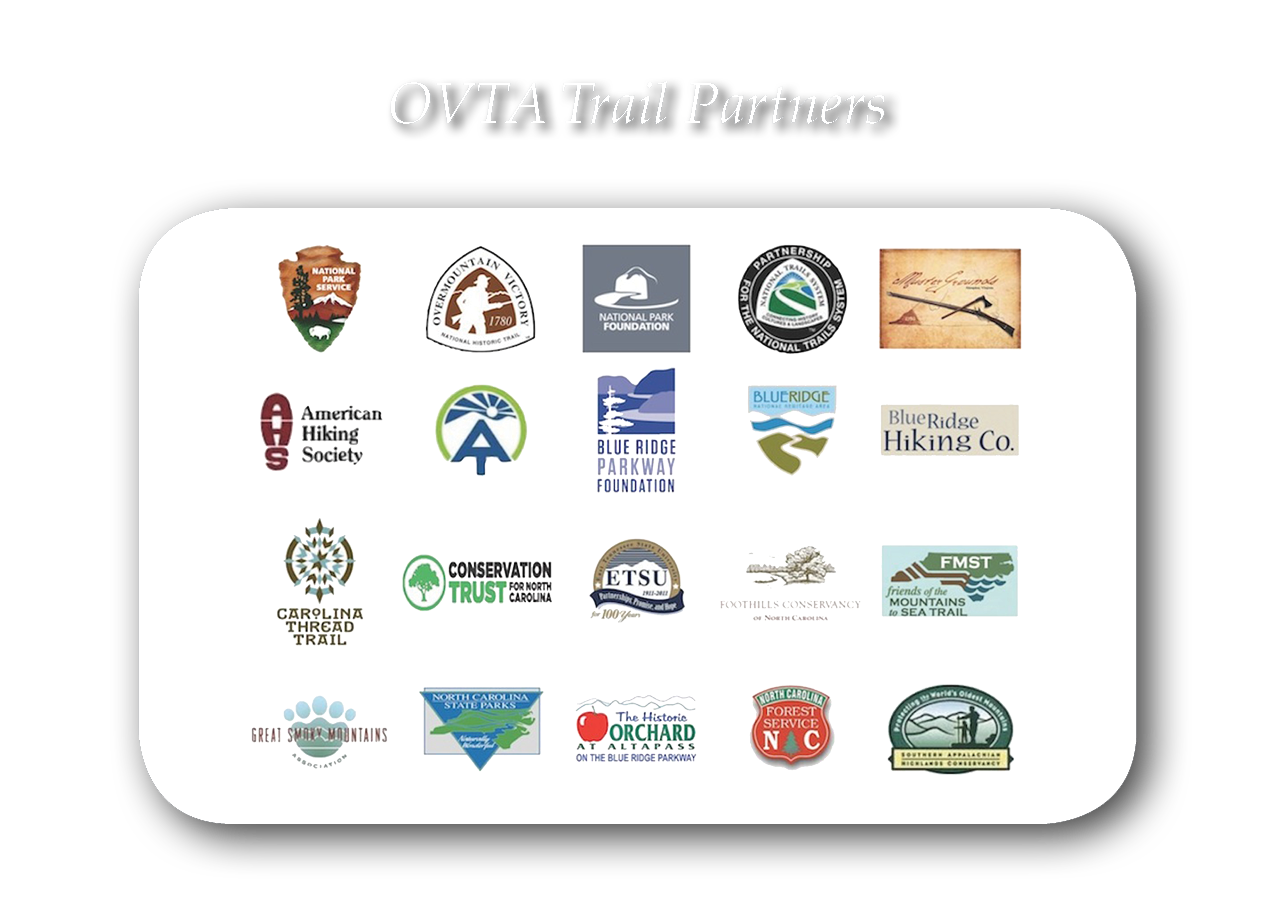History of Davidson's Fort
Davidson’s Fort was built in 1776 by North Carolina Militia soldiers for the defense of settlers against the Cherokees.
Conflicts between Native Americans and European settlers were violent throughout the eighteenth century. The conflict was primarily about land, as settlers continually broke treaties by moving into land reserved to the Cherokees. In 1763, the British made a treaty with the Cherokee Nation agreeing that Europeans would not settle as far west as the Blue Ridge Mountains. It has often been said that the crest of the Blue Ridge formed the border between colonial and Cherokee land, and this has been a simple way to explain the intended effect of the treaty. The reality, however, is more complicated. According to the proclamation made by Governor Tryon when the treaty of 1763 was made, the boundary was a line beginning where the South Carolina boundary with the Cherokee ended at Reedy River. The line then ran about 60 miles north to Tryon Mountain (now called White Oak Mountain, near Columbus, NC), then continued in a straight line to Chiswell’s mines in Virginia. (You can find Tryon’s proclamation in The Colonial and State Records of North Carolina, edited by William L. Saunders, vol. VII, pp. 502-503; you can access this source online at docsouth.unc.edu/csr. ) According to this line, the present town of Old Fort lies west of the boundary in Cherokee territory. Another reality is that the settlers were pretty much prepared completely to disregard any treaty made by the King and his agents, and so continued moving further west. Thus in the early to mid 1770’s several settler families took up land in what is now McDowell County, including the brothers John, Samuel, William, George and perhaps Thomas Davidson.
The four Davidson brothers were the sons of another John Davidson who, with his brother George and/or his oldest son George, settled in what is now Iredell County in the 1740’s. It would have been a favor to posterity if the Davidsons had not recycled the same first names in every generation. The multiplicity of Davidsons with the same first names – sons, uncles, cousins, brothers – causes considerable confusion in Davidson family records. It also makes it difficult to determine which Davidson owned which tracts of land and even confuses which individuals were actually involved in stories both handed down and written. We do know, however, that the elder John Davidson mentioned above had a brother named George Davidson , and that this George Davidson was the father of General William Lee Davidson who was killed at the Battle of Cowan’s Ford in 1780. We also know that the elder John had five sons – George, Thomas, twins Samuel and William, and John who was called “One-Eyed” because of a rifle misfire in his childhood or youth. In addition, we know that Davidsons of every name owned considerable amounts of land in the present Old Fort area, as early as the 1770’s. Davidson’s Fort was built on land owned by Davidsons, though which Davidson owned the Fort site is unclear at present. For more on this subject, see “Digression on Land Ownership” below.
As the American Revolution continued, the Cherokees sided with the British against the Americans, and Americans accused the British of instigating Cherokee violence against settlers. The summer of 1776 saw an increase in Cherokee violence against settlers on the Catawba, particularly in present McDowell and Burke Counties. Davidson’s Fort was built during this time, no doubt in response to the increase in Cherokee attacks. There are several slightly different stories regarding who built the fort, when and why:
by Janet Pyatt
|



